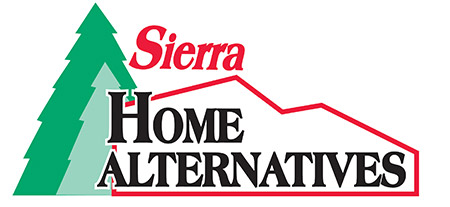You click the remote on and by the time you nestle into your favorite chair, you notice small water droplets forming on the inside of the fireplace. Is this dangerous? Will it cause any damage to the gas fireplace? Can it be prevented? If this has ever happened to you or if you have ever asked yourself these questions, you will want to read this article.
WHY DOES IT FORM?
Temperature difference is the main reason that moisture forms on the inside of the glass on your gas fireplace, free-standing gas stove or fireplace insert. If one would measure the inside temperature of the firebox and the room temperature when the fireplace is off, you would see that the temperature is similar. But turn the fireplace on and the temperature in the firebox changes very quickly.
The heat from the gas flames warms the air inside the fireplace. And, warmer air has more moisture than cooler air. As discussed in other articles, one of the by-products of combustion is water vapor. As the water vapor in the warming air comes in contact with the cooler glass surface, condensation forms on the inside of the glass. As the inside of the fireplace gets hotter and the steel, refractory and logs in the fireplace begin the heat up, the condensation will begin to evaporate and the glass will clear itself.
You will likely notice the gas flames looking a bit too blue upon initial start-up. This is especially true with natural gas. LP gas to a lesser extent. As the flames begin to yellow-up, normally after 5 minutes or so, the condensation on the glass has already begun to clear itself.
NO PROBLEM!
Condensation on the inside of glass is actually quite common and really nothing to be too concerned about. It can be a bit irritating, but nothing on the fireplace will be damaged. Condensation forming on the inside of the glass at start-up is not unusual and is no cause for alarm.
FOGGY, WHITE FILM?
If a white, foggy film develops on the inside of the glass, this is a different story. By-products from the combustion process, including Sulphur, can accumulate with the condensation on the glass. If left unchecked, this can build-up and form a white, acidic film. This needs to be removed. To take the glass off your gas appliance, refer to your owner’s manual. The latching or sealing mechanism will vary from model to model and from one manufacturer to another. If you need help removing and cleaning the glass, just call your WE LOVE FIRE expert for assistance.
CLEANING OPTIONS
Over time and if the condensation is heavy, you may begin to notice water marked streaks on the inside of the glass. These water lines as well as the white hazy film can be cleaned quite easily. A gas appliance cleaning product is what you will need. Usually around $10.00/bottle, this cleaner is a thick, creamy, paste-like polish designed to clean the glass on your fireplace, stove or insert. And, your WE LOVE FIRE dealer has a supply on the counter. It’s easy to use, just follow the directions on the bottle.
If your glass has any black soot deposits building up on the inside, this normally indicates an issue with the amount of combustion air that’s mixing with the gas. This will require a technical adjustment that should be made by a qualified service technician. This soot can be easily cleaned with the same gas appliance cleaning polish.












12 Responses